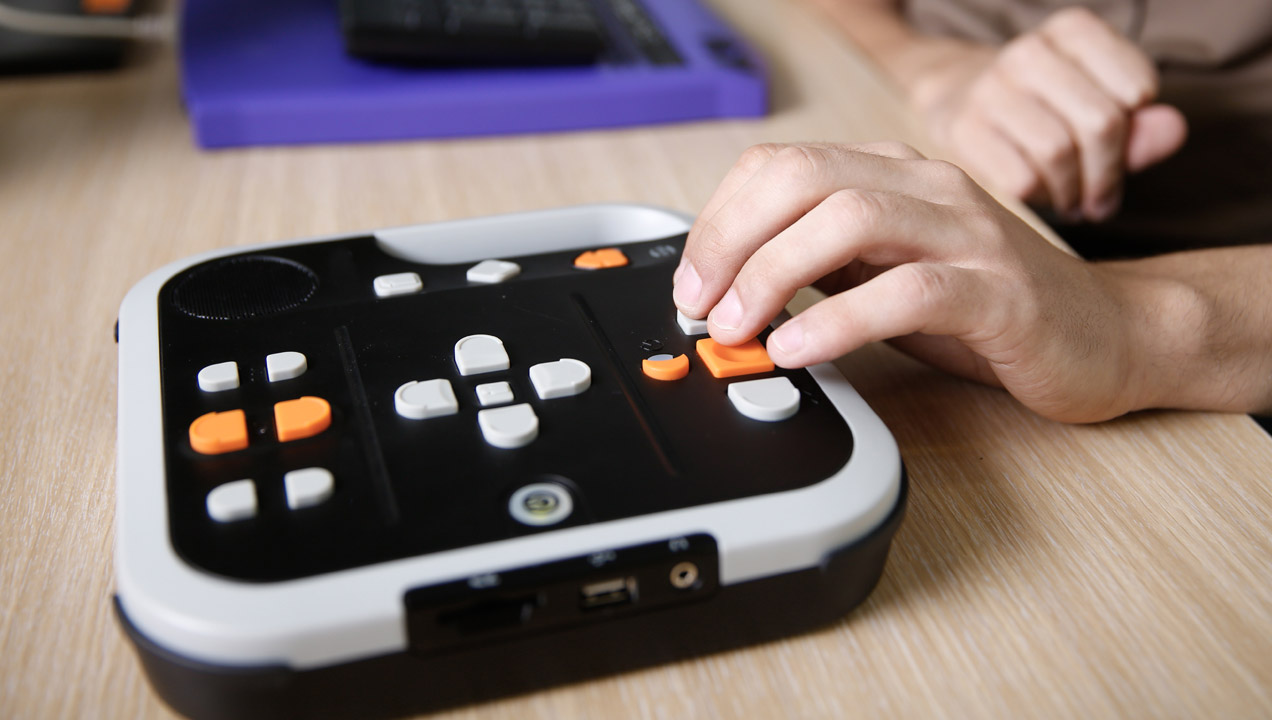Tips for Conducting Accessibility Research
Accessibility has always been a focus of the research that we do at Sutherland Labs and the drive towards progress in accessibility has driven the creation of many of the technological advances that we all use every day. But while we were reviewing last year’s accessibility research we discovered that there were a few common issues when we were recruiting participants. In the hopes of helping out anyone working on accessibility projects in the coming year, we thought that we might share some of the challenges and the solutions that we found.
Participant Profile Logic
Our clients always have a good reason for selecting the cross-section of society that they want us to interview, but it is useful to double-check the reasoning behind some of the decisions as they are often drawn from data that is unique to the client’s organization rather than more general knowledge of a subject. In some cases, our client’s draw their data from surveys which immediately eliminates all the data from those who cannot complete a survey themselves. Keeping the needs of respondents in mind also makes sure that you are testing within realistic parameters.

Casting a Wide Net for Recruitment
Each product or service being designed with accessibility in mind may only impact the lives of a small sub-section of society, so when recruiting participants for testing a niche product it can be pointless to bring in people with unrelated accessibility issues. If you can identify the specific needs that a new product or service is going to meet, it can help you to recruit participants with that specific requirement.
Working with the average recruitment agency probably isn’t going to give you the respondents that you need to conduct your research. Carefully selecting a recruitment agency that deals specifically with accessibility is a good first step. Charities can be a wonderful way to get in touch with people with accessibility issues, but they are chronically underfunded and understaffed, so you may find that they cannot help you to find respondents within a tight timeframe, if at all.
Of the limited percentage of people who require accessible technology, an even more limited percentage will be registered with recruitment agencies and charities. When dealing with such a limited pool of possible recruits, it is necessary to be flexible in your additional recruitment criteria. Imperfect data that can be filtered is better than no data at all.

The Complexity Outside of Lab Settings
When testing the latest accessible technology it is important to remember that the vast majority of the people for whom new software has been designed aren’t using the most up to date versions of assistive technologies. Some may have partial access to it in their workplace, some might not have access to it at all. There are many reasons for this; with the most prevalent being the cost of upgrades or a desire to retain familiar technology that is known to work, even when better solutions are promised.
We often perform accessibility research in home environments that already have the necessary adaptations rather than in a lab setting, but this can introduce a great deal of interference. We often forget that a person may have more than one accessibility issue that will influence their interactions with a new product. Someone with a visual impairment will not care about the look of a product so much as its ergonomics. Someone with mobility issues may not care that a product can be easily transported.

People will often be using multiple layers of assistive technologies at any one time, often switching to suit their needs and the context of the situation. Beyond that, specific technology that was once required for accessibility is also being phased out in favour of apps and commonly used devices with the same functionality.
Even in a lab setting, it can be difficult to determine when the presence of a respondent’s carers are required and when they are only habitual, and their influence over the data that you gather also has to be taken into account if they are present. There are also safety concerns when asking users to bring in equipment from home.
Accessibility research is only going to become more vital as time goes on. Between a rapidly aging population and medical advances the percentage of the population that need accessible technology is only going to grow year on year. So we hope that our experiences and insights can help to make your research easier.
